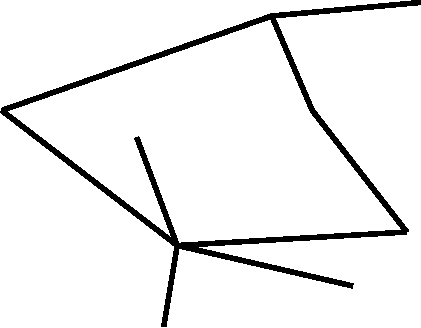ZM
Southern TZ
NA
MW
BW
SA
MZ
SW
LS
Figure 82: The UbuntuNet South Backbone Development Cluster:
existing and potential broadband links
As regards broadband terrestrial connectivity to the rest of the World, the UbuntuNet South
Cluster has four potential options:
1.
Connectivity through Melkbosstrand via the SAT-3 West Africa Submarine Cable
(WASC). This cable has been in operation since 2002, and connectivity services are
available now, but are expensive. some liberalisation of access to it is expected from 17
April 2007 when the so-called exclusivity rights accorded to the then incumbent (and
now privatized) operators, Telkom SA Limited expire.
2.
Connectivity through Mtunzini, north of Durban, South Africa, via the South Africa Far
East (SAFE) submarine cable, to Penang, Malazia, and thence, across the Pacific to the
west coast of the USA. The remarks in (a) about the expiry of Telkom SA Limited'
exclusivity rights apply here also.
3.
A combination of (a) and (b), in which UbuntuNet would purchase a virtual circuit
between Cape Town and, say, Amsterdam, in which the WASC is used normally but with
automatic fail-over to the SAFE. (Telkom SA currently provides such a service to
TENET).
4.
Connectivity via the EASSy cable (or the NEPAD ICT Broadband Infrastructure) via
landing points in Mtunzini, South Africa and Maputo, Mozambique.
What about an UbuntuNet West Backbone Development Cluster?
The Board is keen to work with existing and emerging NRENs in West and Central Africa to
identify and scope an UbuntuNet West Backbone Development Cluster. Among the countries
that might be included are all those with SAT-3 WASC landing points: Angola, Benin,
Cameroun, Côte d'Ivoire, Gabon, Ghana, Nigeria and Sénégal, as well as "WASC hinterland"
countries such as Democratic Republic of Congo, The Gambia, Mauritania, Sierra Leone and
others.
135

